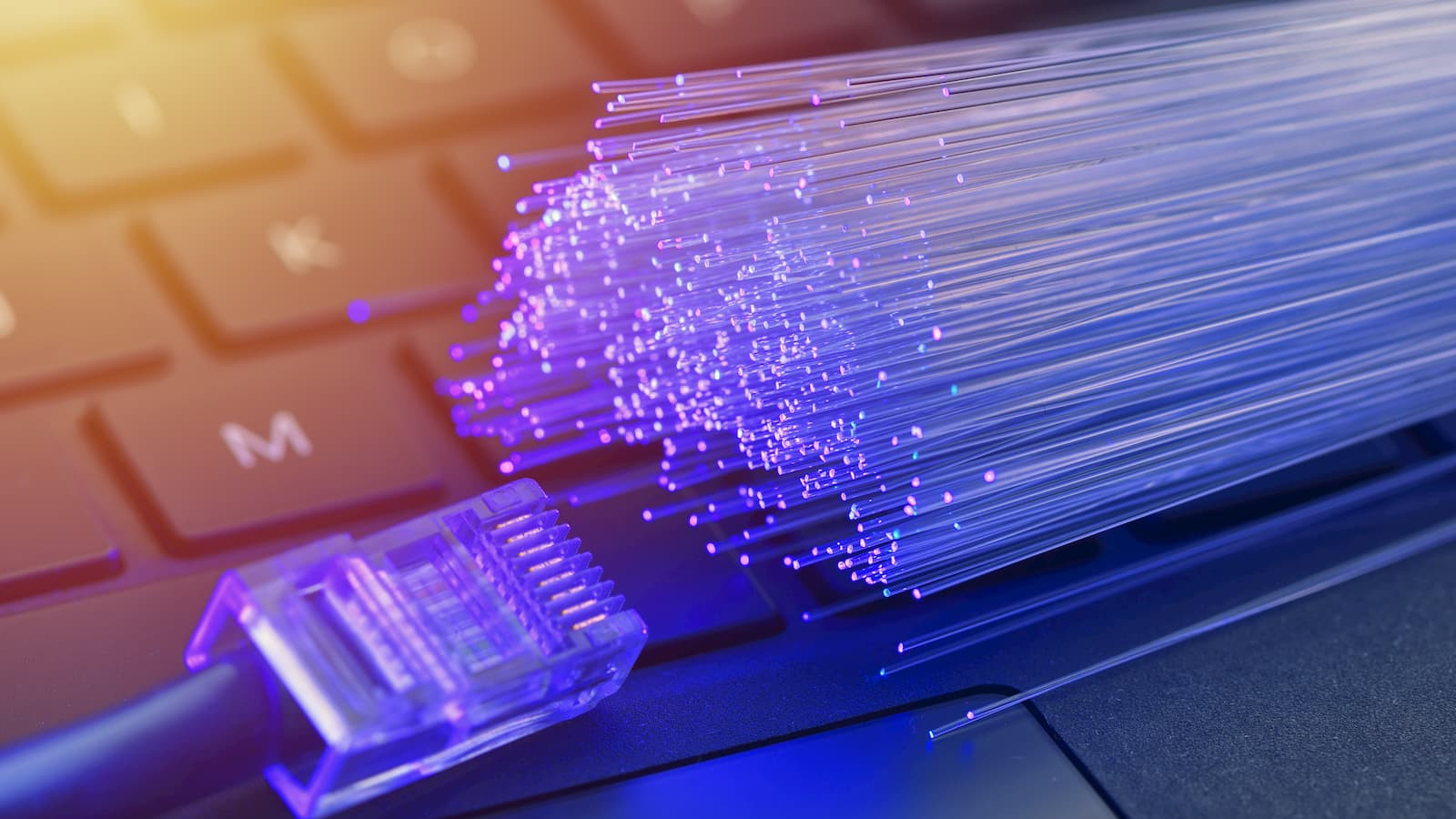Introduction
When most people think of fiber optic cables, they imagine the cables used
by telephone and cable companies to bring service into their homes. However,
fiber optic cables have a variety of other uses as well.
In particular, fiber optic cables are often used in computer networks. The
thin glass fibers are able to carry large amounts of data, making them ideal
for high-speed internet and other telecommunications applications. Fiber optic
cables can also be used in medical settings, as they are not affected by
radiation like traditional metal cables.
For businesses and other organizations that need a fast, reliable, and
secure data communications network, fiber optic cables are the perfect
solution.
What Are Fiber Optic Cables?
Fiber optic cables are the enabling technology behind the digital
revolution. These thin, glass fibers can transmit data at lightning speeds,
making them perfect for transmitting high-definition video, audio, and other
digital media.
Fiber optic cables come in two varieties: single-mode and multimode.
Single-mode fiber is thinner and can transmit data over longer distances than
multimode fiber. Multimode fiber is thicker and can transmit data over shorter
distances, but it is optimal for transmitting video and audio signals.
Fiber optic cables are used in a variety of settings, including
telecommunications, data centers, and medical facilities. They are also used in
consumer electronics products such as smartphones and televisions.
Types of Fiber Optic Cables
Fiber optic cables have been around for quite some time, but their uses are
still being explored. In this article, you will learn about the different types
of fiber optic cables and their applications.
There are three main types of fiber optic cables: single mode, multimode,
and plastic optical fiber. Single-mode cables have the thinnest glass fibers
and can transmit data over long distances. Multimode cables have thicker fibers
and can transmit data over shorter distances. Plastic optical fiber is a newer
type of cable that is cheap to produce and can be used for short-distance
transmissions.
Fiber optic cables are used in a variety of applications, including
telecommunications, data transmission, and medical imaging. They are also being
used to create smart cities and to connect devices such as cars and homes to
the internet. Fiber optic cables are the future of communication, and it is
important to understand their uses and potential applications.
Advantages and Disadvantages of Fiber Optic Cables
Fiber optic cables are the future of telecommunications. They are
revolutionizing the way we communicate by providing faster, more reliable, and
more secure connections than ever before.
Due to their many advantages, fiber optic cables are being increasingly used
in a variety of industries. They are being installed in hospitals, schools, and
businesses all over the world, and their popularity is only increasing.
However, fiber optic cables do have some disadvantages. One of the biggest
is that they can be very expensive to install. Additionally, they can be
difficult to maintain and repair.
Despite these disadvantages, fiber optic cables are still the best option
for most telecommunications needs. If you're looking for a more reliable and
secure way to connect with the world, fiber optics is definitely the way to go!
Performance Comparison of Fiber Optic Cables and Copper Telecom Cables
When it comes to performance, fiber optic cables really are in a league of
their own when compared to copper telecom cables. For one, fiber optic cables
have much higher bandwidth capabilities than copper cables. This means that
they can carry more data over longer distances without losing any signal
strength. Additionally, fiber optic cables are not as susceptible to
electromagnetic interference (EMI) as copper cables. This makes them ideal for
use in environments where there is a lot of electronic equipment, such as in
data centers or industrial facilities.
Common Applications for Fiber Optic Cables
While you may not see them often, fiber optic cables are actually used in a
variety of ways. Some of the most common applications for fiber optic cables
include:
-Telecommunications: Fiber optic cables are commonly used in long-distance
telephone lines and high-speed internet connections.
-Television and Radio Broadcasting: Fiber optic cables can be used to
transmit television and radio signals over long distances.
-Medical Imaging: Fiber optic cables are often used in medical imaging
procedures, such as endoscopy.
-Sensors: Fiber optic cables can be used to create sensors that can detect a
variety of things, such as pressure, temperature, and even stress levels.
Cable Installation for Maximum Efficiency
Now that you know what fiber optics are and how they work, it's time to
learn about installing them for maximum efficiency.
The first step is to determine the path that the cable will take. This is
important because the cable needs to be installed in a way that minimizes the
amount of bends and twists, which can cause signal loss. Once the path is
determined, the next step is to install the cable. This can be done either by
trenching or by attaching it to an existing structure.
After the cable is installed, it's important to test it to make sure that
it's working properly. This can be done by sending a laser beam through the
fiber and measuring the amount of light that comes out on the other end. If
there is significant signal loss, then the installation needs to be checked for
errors.
Conclusion
The use of fiber optic cables is growing rapidly and is becoming the preferred choice for high-speed data transmission. It offers many advantages over traditional copper cables, such as higher bandwidth, longer distance, and less signal attenuation. With the continuing advancement of fiber optic technology, the future looks bright for fiber optic cables.
















0 Comments